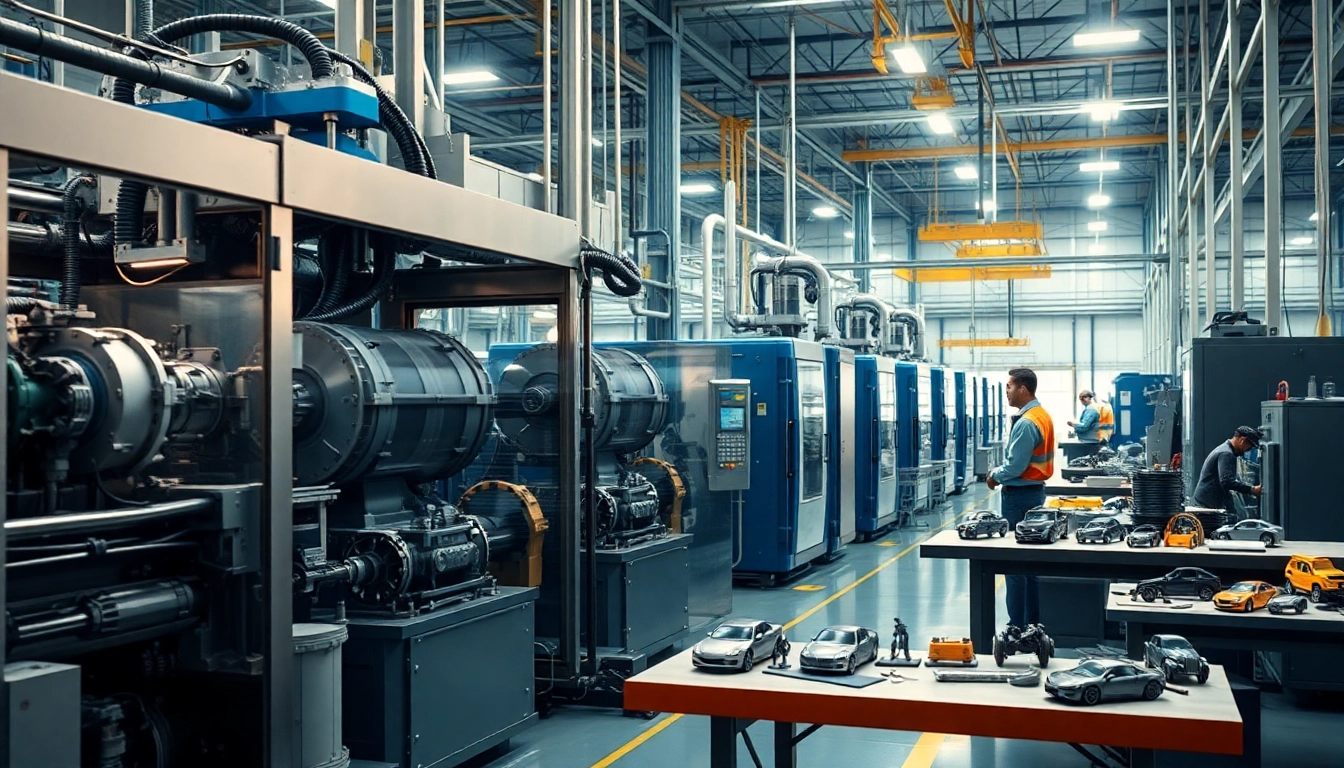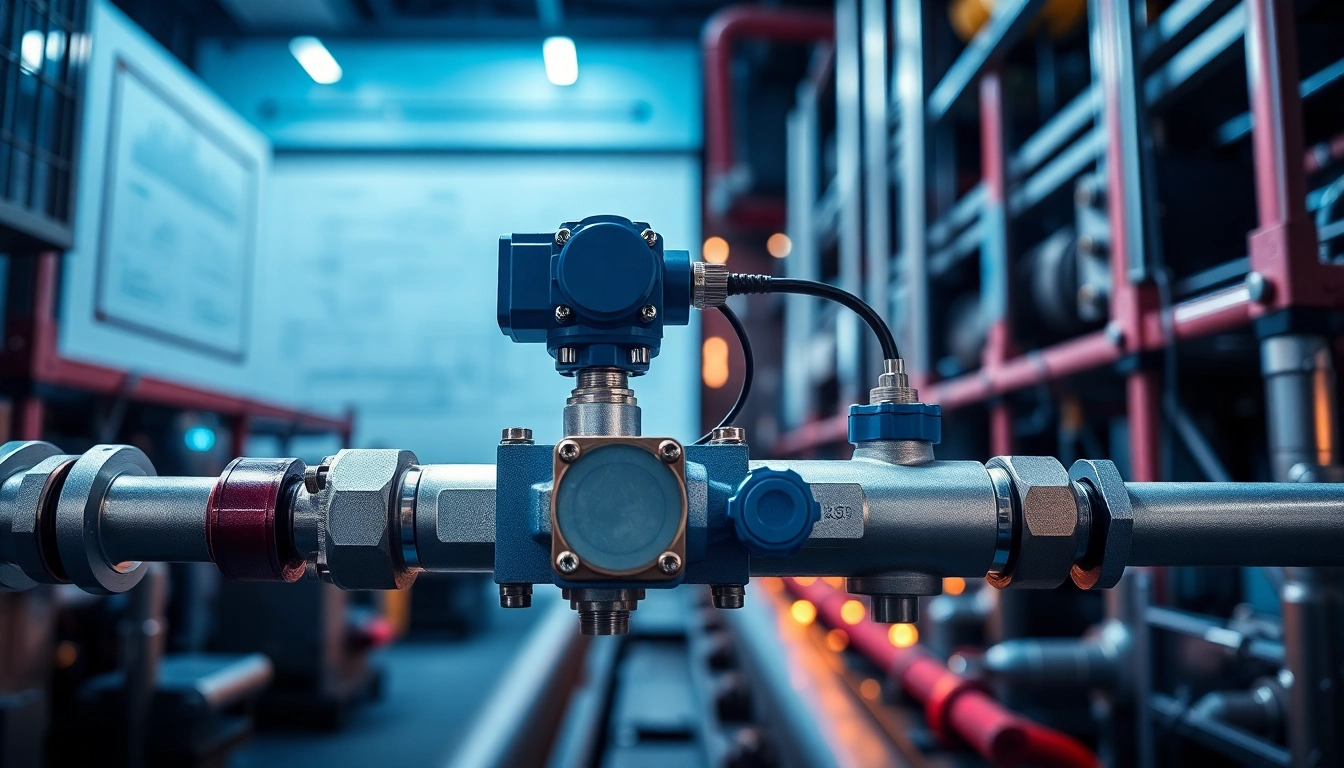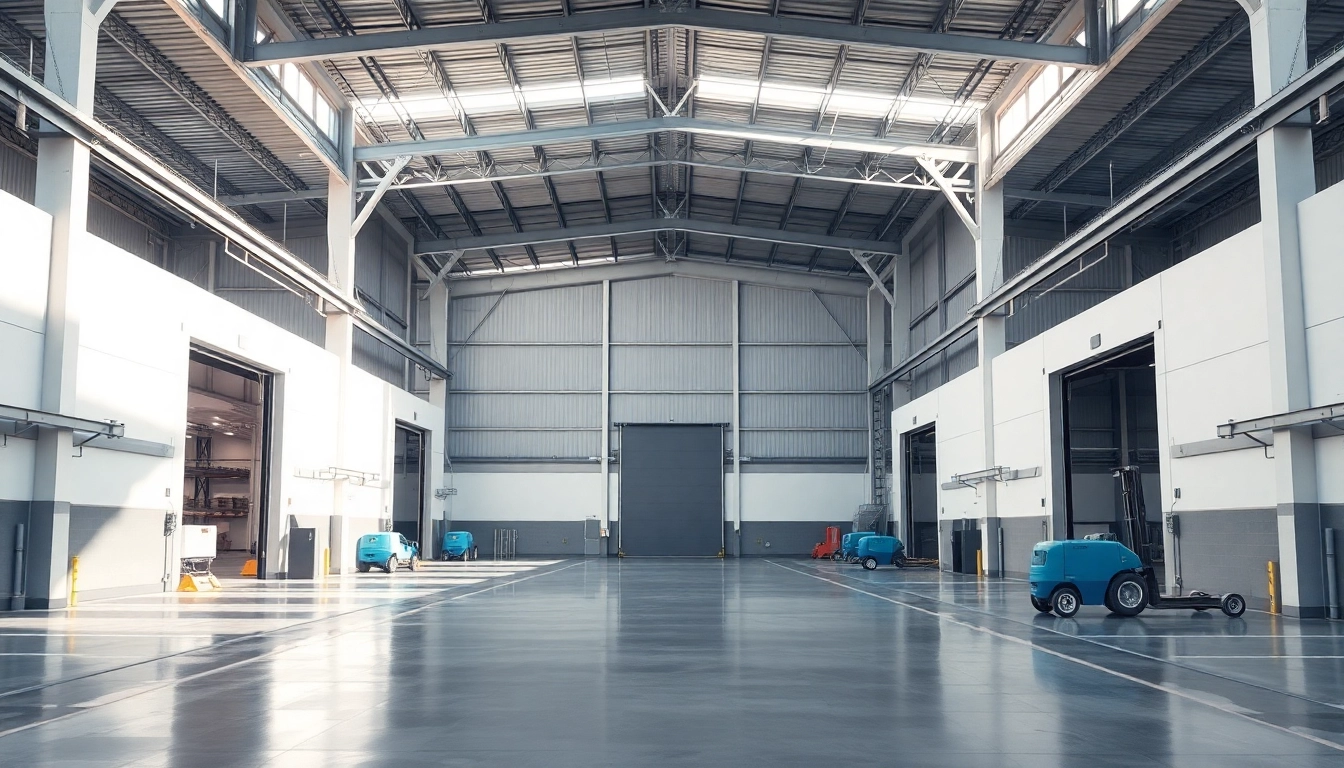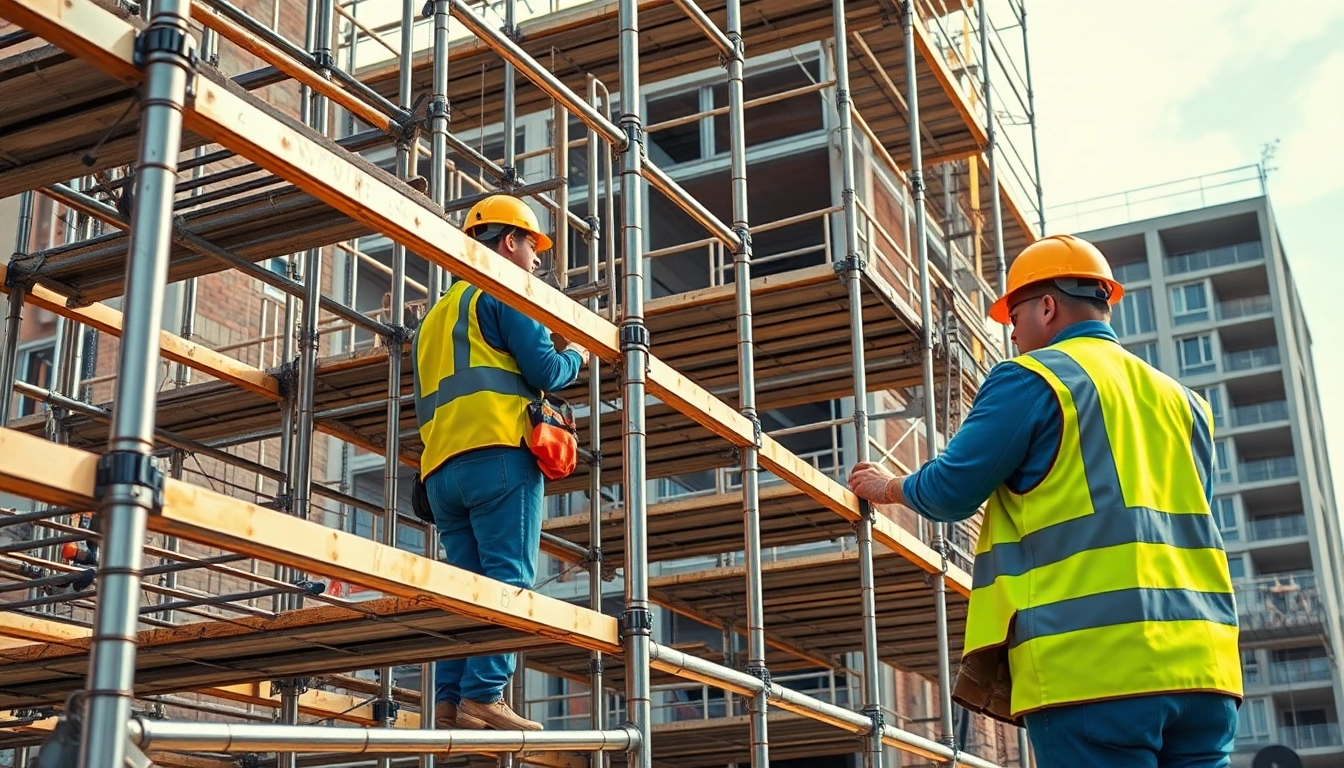Understanding Diecasting: The Core of Manufacturing in Malaysia
Diecasting is a pivotal process in modern manufacturing, particularly in Malaysia, which has emerged as a leading player in this sector. This advanced technique involves forcing molten metal into a mold to create intricate shapes and components used in various industries, from automotive to electronics. As industries evolve, understanding diecasting’s significance and the challenges it faces becomes crucial for manufacturers aiming to remain competitive and innovative in a dynamic market.
What is Diecasting and Its Importance?
Diecasting is a manufacturing process that allows for the production of highly complex shapes with excellent dimensional accuracy and surface finish. This process predominantly uses non-ferrous metals, such as aluminum, magnesium, and zinc, due to their desirable properties. The importance of diecasting lies in its ability to produce lightweight, durable parts that are integral to high-performance applications.
In the context of Malaysia, diecasting has gained traction due to the country’s strategic location in Asia, making it an ideal hub for manufacturing and export. The growth of the automotive and electronics sectors has driven the demand for high-quality diecast components, establishing Malaysia as a key player on the global stage. For a comprehensive overview of leading diecasting manufacturers, diecaster malaysia showcases innovative solutions and state-of-the-art technology in this field.
Key Benefits of Diecasting in Manufacturing
- Precision and Consistency: Diecasting offers high precision, ensuring that each part produced meets stringent specifications and quality standards.
- Cost-Efficiency: The rapid production rates of diecasting can significantly reduce manufacturing costs, especially for large production runs.
- Material Efficiency: The process minimizes waste, as the metal is often reusable, thus benefiting the environment and reducing costs.
- Complex Geometries: Diecasting allows for the creation of complex shapes that would be difficult or impossible to achieve with traditional machining methods.
Challenges Faced by Diecasters in Malaysia
Despite its advantages, diecasting manufacturers in Malaysia encounter several challenges. These include fluctuating raw material prices, which can impact production costs and profit margins. Additionally, staying abreast of technological advancements is vital for maintaining competitiveness, as outdated equipment can hinder efficiency and product quality.
Furthermore, the industry faces a skills gap, with a shortage of trained professionals who can navigate the complexities of modern diecasting processes. Addressing these challenges is crucial for the sustained growth of diecasting in Malaysia.
Innovative Techniques in Diecasting Manufacturing
The diecasting industry is witnessing a wave of innovation that is reshaping how manufacturers operate. From automation to advanced alloy formulations, these innovations not only enhance production efficiency but also improve the overall quality of diecast components.
Emerging Technologies Reshaping Diecasting
Advancements in technology, such as 3D printing and simulation software, are making a significant impact on diecasting. Manufacturers are increasingly utilizing simulation tools to optimize designs and predict potential defects, reducing trial-and-error phases in the production process.
Moreover, the integration of Industry 4.0 concepts—such as IoT and AI—into diecasting processes has led to smarter factories. These technologies facilitate real-time monitoring and predictive maintenance, ensuring that production remains uninterrupted and efficient.
Case Studies of Successful Diecasting Applications
Successful applications of diecasting can be seen in the automotive sector, where precision-engineered components are crucial. For instance, local Malaysian manufacturers have collaborated with international automotive brands to produce high-performance engine parts that meet rigorous global standards. These partnerships showcase the capability of Malaysian diecasters to deliver high-quality products that can compete internationally.
Best Practices for Efficiency and Quality Control
Implementing best practices in diecasting is essential for maintaining high quality and efficiency. Key practices include:
- Regular Equipment Maintenance: Ensuring that diecasting machines are well-maintained is critical for preventing downtime and ensuring product quality.
- Quality Assurance Processes: Establishing robust quality control protocols helps identify defects early in the production process, minimizing waste and rework.
- Training and Development: Continuous training for staff on the latest diecasting techniques and technologies enhances skills and productivity.
Diecaster Malaysia: Leading the Market in 2025
As we look toward the future, diecasting in Malaysia is poised for significant growth. The increasing demand for lightweight materials and high-precision components is set to drive innovation and investment in this sector.
Market Trends Influencing Diecasting in Asia
Several macro trends are shaping the diecasting market in Asia, including the shift toward electric vehicles (EVs). The automotive industry’s pivot to EVs necessitates new diecast components that are both lightweight and efficient, propelling manufacturers to innovate rapidly to meet these evolving demands.
Comparative Analysis with Other Diecasting Firms
In comparison to regional competitors, Malaysian diecasters have established a reputation for high quality and reliability. However, they must remain vigilant and proactive in adopting emerging technologies and industry best practices to maintain their competitive edge. Companies that invest in automation and sustainable practices are likely to outperform those that do not.
Consumer Preferences and Demand Insights
Understanding consumer preferences is essential for diecasting firms. As sustainability becomes a priority for many buyers, manufacturers that can demonstrate eco-friendly practices alongside quality will have a distinct advantage. This trend is leading to a demand for more transparent supply chains and ethically sourced materials.
Implementing Sustainable Practices in Diecasting
In the modern manufacturing landscape, sustainability is no longer optional. Diecasters in Malaysia must incorporate eco-friendly practices into their operations to meet regulatory requirements and consumer expectations.
Environmental Considerations in Diecasting Operations
Diecasting can be resource-intensive, thus requiring manufacturers to implement strategies that minimize environmental impact. This includes optimizing energy use, recycling scrap metal, and investing in cleaner technologies to reduce emissions.
Cost-Effective Sustainable Solutions for Manufacturers
Adopting sustainable practices can also be cost-effective in the long run. Technologies such as energy-efficient furnaces and automated systems can lead to significant savings in energy costs while enhancing productivity. Additionally, utilizing recycled materials can reduce raw material expenses.
Future of Eco-Friendly Diecasting in Malaysia
As Malaysia pushes towards becoming a green manufacturing hub, the diecasting industry is increasingly exploring new methods to improve sustainability. This involves collaborating with research institutions to innovate new materials and processes that are both efficient and environmentally friendly.
Preparing for the Future: The Next Steps for Diecasters
For the diecasting industry in Malaysia to thrive in the coming years, stakeholders must focus on several critical areas of development.
Skills and Training Needed for Future Diecasters
Investing in workforce development is essential. Educational institutions and diecasting firms need to collaborate to create programs that equip future professionals with the skills necessary to navigate more complex manufacturing environments.
Investment in Technology and Infrastructure
To stay at the forefront of the industry, diecasters must invest in modern technology and infrastructure. This includes updating legacy systems to leverage the benefits of automation and data analytics, ensuring that they can meet the demands of modern production while maintaining quality.
Predictions for the Diecasting Industry Post-2025
Looking beyond 2025, the diecasting industry in Malaysia is expected to continue evolving rapidly. The adoption of advanced materials, coupled with a stronger focus on sustainability, will redefine product offerings and operational strategies. Manufacturers that embrace innovation and sustainability will be best positioned to thrive in the increasingly competitive global market.



